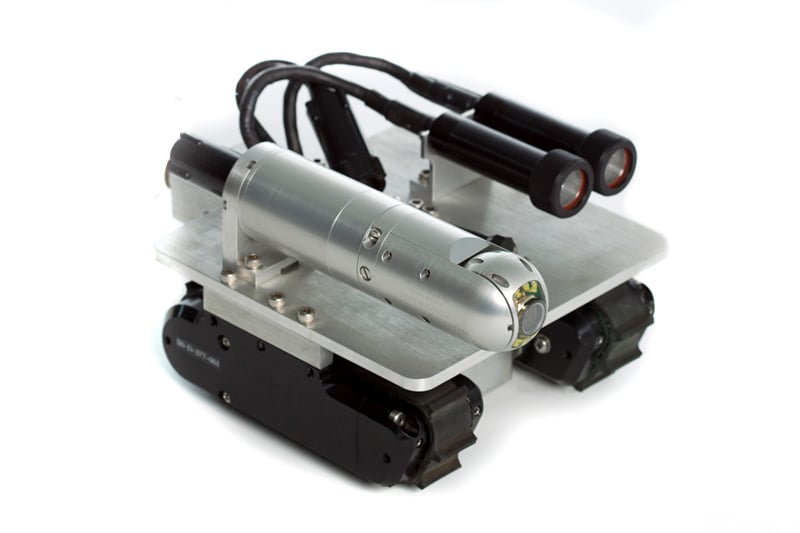Why Local Councils Are Using Inspection Cameras To Inspect Their Pipes

The maintenance, planning and development of infrastructure is a key challenge for local councils who have to find a balance between budget constraints, environmental considerations, zoning restrictions and public opinion.
Drains and waste water are an invisible aspect of this infrastructure but they play a critically important role in the efficient functioning of communities and industry – and local councils allocate significant resources to ensure that existing systems perform optimally and that appropriate future plans are put in place.
Given that drains and sewerage pipes are underground and largely inaccessible, local councils are making increasing use of inspection cameras for evaluating these subterranean systems.
Highly advanced yet rugged CCTV cameras are an important diagnostic tool for councils to identify the cause of blockages or leaks in waste water and drainage pipes. But they’re not only used for identifying the precise location and the nature of problems, they’re also vitally important for preventative maintenance. Councils are able to use inspection cameras for the early detection of problems, such as corrosion or deterioration of pipes, and can make informed decisions about preventative maintenance which is a much more cost-effective strategy over the long-term.
Local councils are also using inspection cameras for planning purposes. Population growth, urban densification, climate change and rezoning are all factors which can contribute to additional pressure on existing waste water and drainage infrastructure, which in many instances wasn’t built to handle modern demands. Inspection cameras enable local Councils to investigate their drain infrastructure, identify where peak flows are excessive, pinpoint weak points and areas for development, plus the accurate data helps them make informed decisions on future developments.
In a nutshell, these are the key reasons why councils are making increasing use of inspection cameras:
- Councils can quickly and accurately identify the location of any pipe or drain blockage
- Interruptions to service, disruptions to community life and damage to property are minimised
- Inspection cameras enable accurate underground asset surveys
- Cameras help councils protect their existing drainage and waste water infrastructure
- Councils can plan cost-effective preventative maintenance programmes for the future
- Camera data enables councils to design future waste water and drainage systems more effectively
- Eliminates risk of drainage or stormwater assets being damaged or disturbed by property developers or construction workers because of pinpoint accuracy in determining location of existing pipe work
Local councils across Australia rely on inspection cameras to provide valuable information that helps them ensure their underground drainage infrastructure is managed optimally. This innovative CCTV technology enables the councils to provide a swift and efficient service to their communities when it comes to fixing problems, maintaining assets, containing costs and ensuring a well-planned future.
